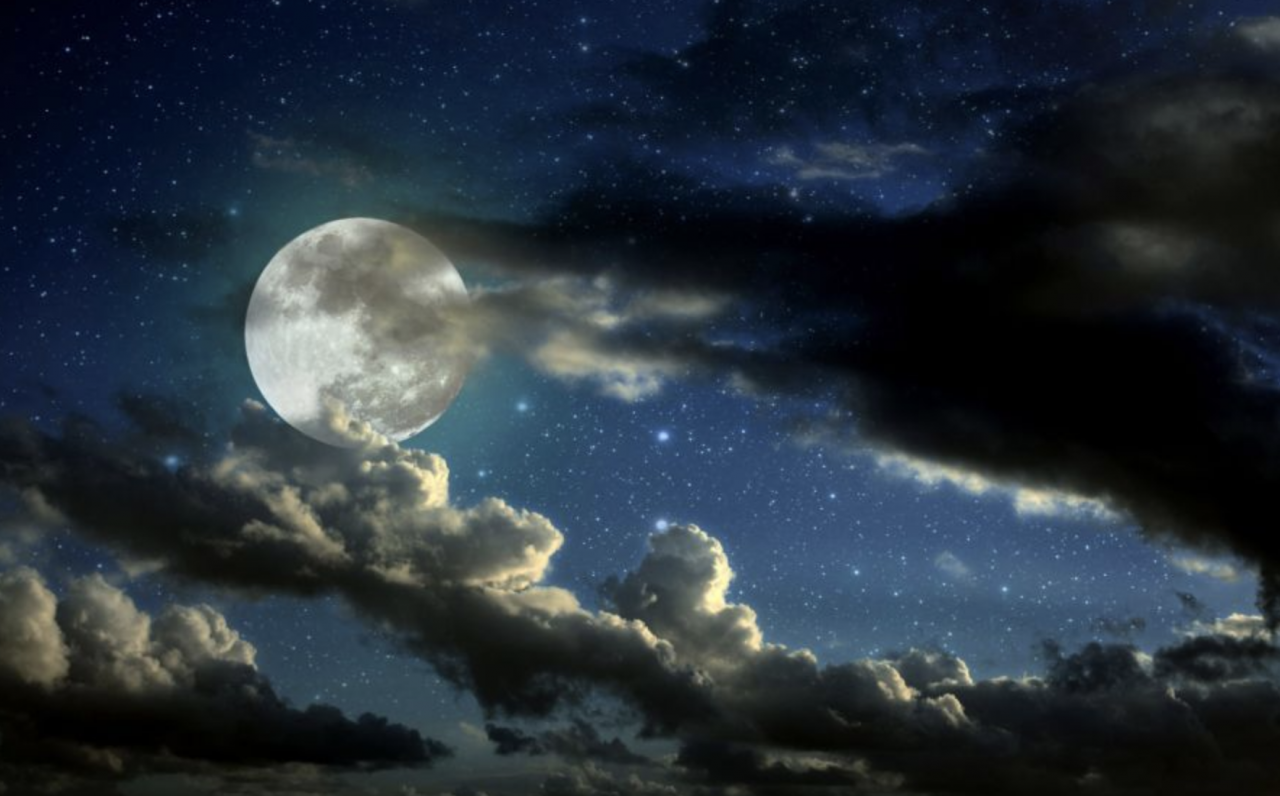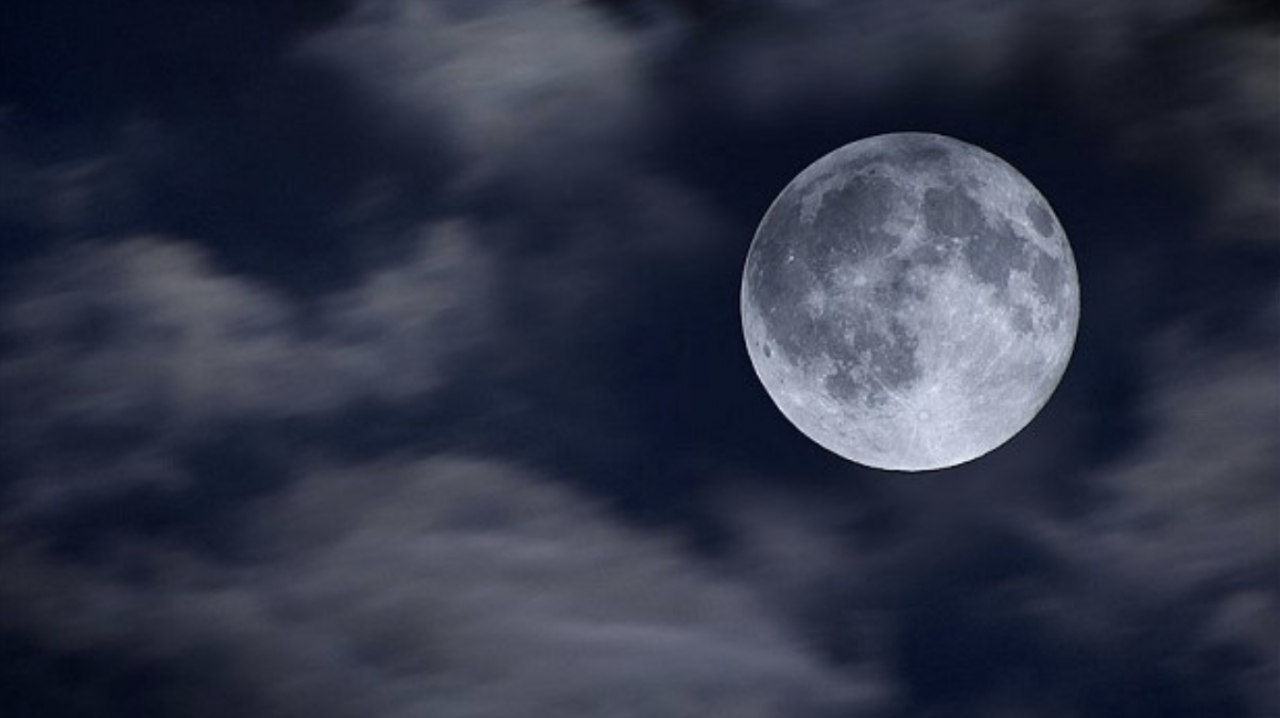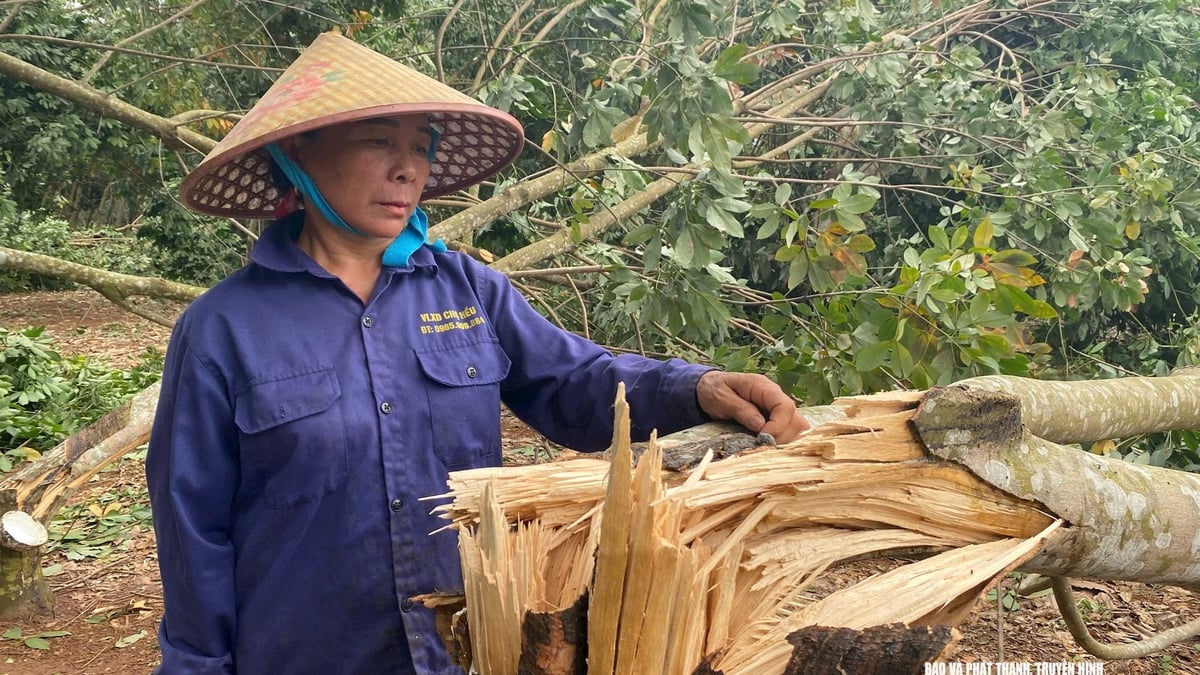The Blue Moon will appear soon and Vietnamese people will have the opportunity to admire the 3rd supermoon in 2023.
According to Mr. Dang Vu Tuan Son, Chairman of the Vietnam Astronomy and Cosmology Association (VACA), many people wonder what Blue Moon is. The researcher said that this term is often used but lacks specific explanations, which can easily lead to misunderstandings.
What is Blue Moon?
Researcher Dang Vu Tuan Son said that Blue Moon is a purely cultural issue of many Western countries in the past. In recent years, many people have been interested in Blue Moon when some articles appeared but the writers lacked explanation or had mistakes in basic knowledge.

Blue Moon is a name used by many people, but not everyone understands its meaning.
VACA
Accordingly, "Blue Moon of the Season" is the starting understanding of the term "Blue Moon". We know that each year has 12 months, each month has 30 or 31 days (except February which has only 28 or 29 days). In the lunar calendar that Vietnam and many Eastern countries use, it is calculated according to the lunar cycle, each year has 12 lunar weeks.
However, the length of a lunar phase is only 29.53 days, so a lunar month is only 29 or 30 days long. So 12 lunar phases are not actually enough for 12 solar months. In the solar calendar, we know that the 4 seasons are divided relatively equally, each season has a length of 3 months and is marked by 2 equinoxes or solstices (for example, from spring equinox to summer solstice, from summer solstice to autumnal equinox...).
“Because these three months are longer than three lunar weeks, if a full moon falls on one of the first few days of a season, then one of the last few days of that season could be the fourth full moon (when a season can only have three full moons). In that case, the third full moon of the four full moons of a season is called a Blue Moon. By this calculation, there is a Blue Moon of the season about every three years,” the expert explained.
“Blue Moon of the month”, this understanding only appeared in the mid-20th century and accordingly Blue Moon also refers to the second full moon in the calendar month.
As mentioned above, the lunar cycle is 29.53 days, while each month has 30 or 31 days. So if the full moon falls on the 1st of a month, the 30th or 31st of that month will also repeat this phase of the moon. The second full moon of a month is called a Blue Moon. Blue Moons of such months are more likely to occur, about once every 2 to less than 3 years.
Is Blue Moon rare?
The President of the Vietnam Astronomy and Cosmology Association explained that when combining the two definitions above, every year there is one full moon that is considered a Blue Moon, so it is not rare.
“If anything, it is rare to have two such events in a year. The most recent was in January and March 1999, the next was in January and March 2018, and the next is in January and March 2037. Of course, it can only happen in January and March because February only has 28 days, so there will be no full moon, so January and March each have two. And having both a seasonal Blue Moon and a monthly Blue Moon in a year is extremely rare,” said Mr. Son.

Blue Moon is not an astronomical phenomenon.
VACA
Researchers assert that the Blue Moon is not an "astronomical phenomenon". Accordingly, we have seen that there are two definitions used in parallel today. However, in both ways, the moon is essentially still as full as it is when it reaches a point symmetrical to the sun, like all the nights of the 15th and 16th lunar month that we can observe.
Sometimes, in some areas where the air is polluted by exhaust fumes or volcanic eruptions, the moon (even if it is not in its full phase) can appear blue, but this is only due to the refraction of light in the atmosphere. The moon will not turn blue, nor will it cause any physical phenomenon, nor is it an omen.
“It's called Blue Moon, or you can name it whatever you want, or even make up a new convention if you want, it's all cultural and depends on how people name it.
Go ahead and observe if you love the beauty of the moon, but please note that you are observing the "full moon phenomenon" and not observing a unique or miraculous phenomenon. I have lived through more than 400 full moons so far, so I don't think something so frequent is unique and remarkable," Mr. Son stated his opinion.
According to the Hanoi Astronomical Society (HAS), the next Blue Moon (supermoon) will appear on August 31. The moon will be on the opposite side of the earth from the sun and it will be fully illuminated. This phase occurs at 4:58 p.m. (Vietnam time). This is also the third supermoon of the four supermoons of 2023. The moon will be closest to the earth and may appear slightly larger and brighter than usual.
Thanhnien.vn

























![[Photo] National Assembly Chairman Tran Thanh Man visits Vietnamese Heroic Mother Ta Thi Tran](https://vphoto.vietnam.vn/thumb/1200x675/vietnam/resource/IMAGE/2025/7/20/765c0bd057dd44ad83ab89fe0255b783)








































































Comment (0)